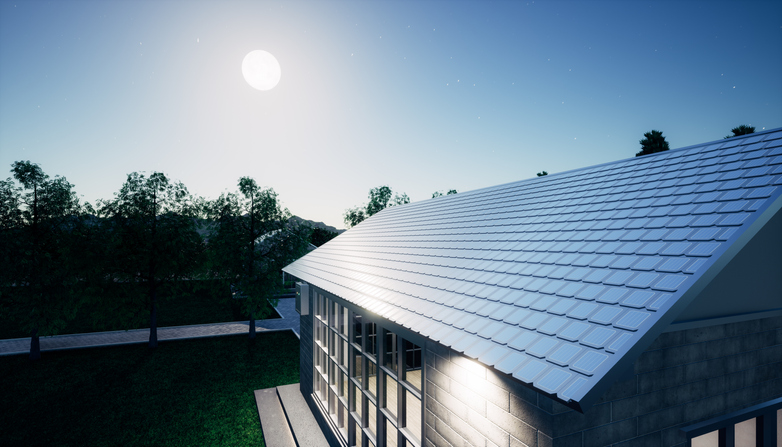
Solar roofs are the way of the future, and the main options on the market today are solar roof panels …

Roof replacements are expensive and not always necessary when there is damage to a roof. Many times in Central Texas, you can effectively repair and prolong the life of your roof by sealing small and isolated leaks.
There are numerous products on the market, and the right roof sealant for your situation will depend on the size of the damage, the type of roofing materials you have, your comfort level with application, and other factors.
In general, there are five main types of roof sealants – acrylic, polyurethane, silicone, rubber, and sealant tape. Here in Texas, sealants that can withstand intense sun and heat are a necessity. This includes most types of sealants except for polyurethane-based products. Polyurethane is highly effective when it comes to moisture but is less so against the sun.
Here are some pros and cons of the other types of roof sealant:
Regardless of the type you use, it’s important to follow the manufacturer’s directions, which may require you to apply multiple coats. Properly using the product is important to ensuring the sealant’s longevity and, of course, that your roof stays protected.
If you have questions about which roof sealant to buy for your specific situation, you can always contact us at Storm Guard of SW Austin. At your hardware store, you’ll find the following (and more!) roof sealant products, all of which can be effective at sealing roof leaks.
A popular product because it works well for many different roof situations. It creates a protective membrane coating on metal, shingle or rubber roofs and is UV resistant. It is water based and can be applied with a brush, roller or sprayer.
As a sealant tape, it works well for patching vulnerable seams or leaks. It comes in a few different colors so you can match it to your roof.
This is a liquid rubber that comes in a spray can, which makes application fast and easy for novices. Its smaller size means it is not intended for larger leaks.
If you have a roof leak, it will only help, not hurt to attempt a repair. We recommend trying any of the above roof sealants to reduce the damage and prolong the life of your roof.
As always, take caution when attempting to seal a roof leak on your own and don’t hesitate to call in a professional team of experts even for what may seem like a small leak. Here at Storm Guard of SW Austin – we are always here to help.
If you have any questions or concerns about your roof, get in touch today.

Solar roofs are the way of the future, and the main options on the market today are solar roof panels …

Let’s consider the fact that wind has contributed to unique land formations like the great Devils Tower. It has also …

Spoiler alert: Yes! Yes, a leaking ceiling can collapse, and no, you don’t want to be there when it happens. Rather, you never …

The changing of seasons can bring welcomed cooler temperatures to the heat-filled days (and nights) of summer in Austin. We …

The weather in Central Texas can bring it all – intense heat, severe storms, tornados and even hail. Your roof …

The cost of a new roof in Texas will depend on the size of the home, the type of materials …